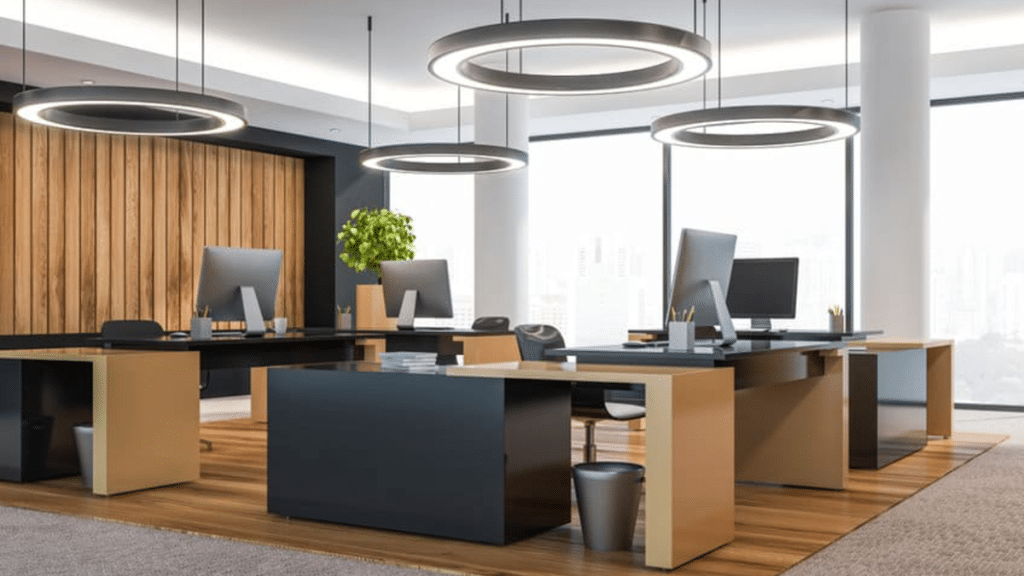Whether in the home or in the office, furniture is an overlooked but critically important feature. Office furniture must enhance, not detract from, a functional, comfortable, and productive workspace. Whether you are outfitting a new office or upgrading your current setup, there are key considerations to help guide your decisions. This article discusses those considerations.
Why It Matters
To put it simply, the right furniture is more than a matter of aesthetics, and this is especially true of furniture in the office. Making the right choices requires careful thought being put into a lot of variables. To help you figure it out, focus on these main points:
Assess Your Space and Layout
Before even looking at furniture catalogues or visiting showrooms, it is best to start by evaluating the layout of the office. Consider the dimensions of each room, natural and artificial lighting, placement of wall sockets, other permanent fixtures, and windows. Take note of the colors, textures, and patterns of the walls, floors, and ceilings (if they are not all white). Consider how the personnel who use the office spaces work. Sectioned but open floor plans require different furnishings than private corner office spaces.
Prioritize Ergonomics and Comfort
Personnel routinely spend up to eight hours a day in the office and at their desks. Therefore, ergonomic chairs, adjustable desks, and well-placed storage units are essentials. Even in the interest of cutting costs, such things should not be overlooked or skimped out on. Higher initial cost is quickly offset by employee appreciation and satisfaction, better long-term health, reduced fatigue, and higher morale.
Here is a tip: Choose chairs with lumbar support and desks that allow flexibility for different heights and working styles.
Understand the Function of Storage Systems
Storage is also taken for granted until clutter becomes a problem. Think beyond just basic filing cabinets or cleaning supplies. Modular storage, under-desk drawers, and wall-mounted shelving can free up floor space while keeping essentials within reach.
When choosing storage solutions, especially for items that require frequent access or heavy-duty durability, hardware matters. The manufacturer industrial drawer rail provides the stability and ease of use needed for high-traffic office environments. Always consider sourcing from a manufacturer of industrial drawer slides for smooth, long-lasting performance.
Check for Durability and Warranty
Office furniture is a long-term investment. In maintaining that fine line between form and function, function should always take precedence. Therefore, verify the materials, making sure they are scratch-resistant, stain-resistant, and built to last. Consider warranties as well, especially for heavily used items.
Here is a tip: A more extended warranty typically indicates a higher-quality design.
Think About Future Scalability
Without stating the obvious, every business that wants to grow will make plans in anticipation of said growth. To that end, investments in expandable or stackable furniture give some room for furnishings to grow with the business. Flexibility is key; furnishings that can adapt to changing needs reduce future spending and disruptions.
Budget Wisely, But Avoid Compromises on Quality
Set a clear budget early, but be ready to allocate more for high-use items like storage systems or meeting tables. Cheap furniture often means higher long-term costs due to the need for frequent repairs or replacements. Focus your budget where it matters most.
Purchasing office furniture is not just about filling a room with chairs and tables; it’s about creating a functional and inviting space. It is an investment in your business’s productivity, growth, and employee well-being. With these considerations, you will be more able to create a workspace that supports both your staff and your business goals.
